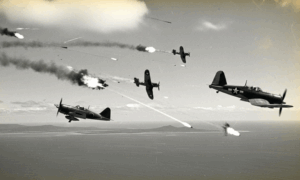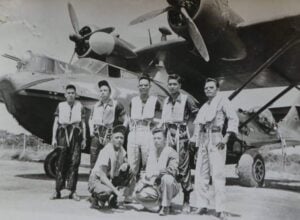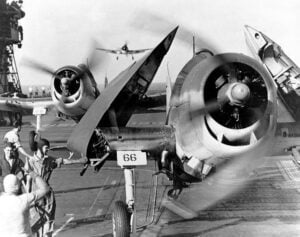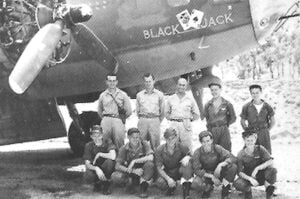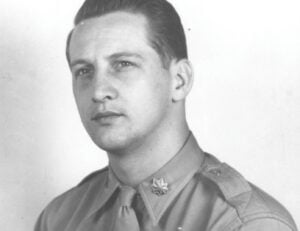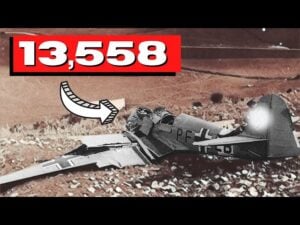The WWII Warplane So Mysterious It Remained Classified for Four Decades
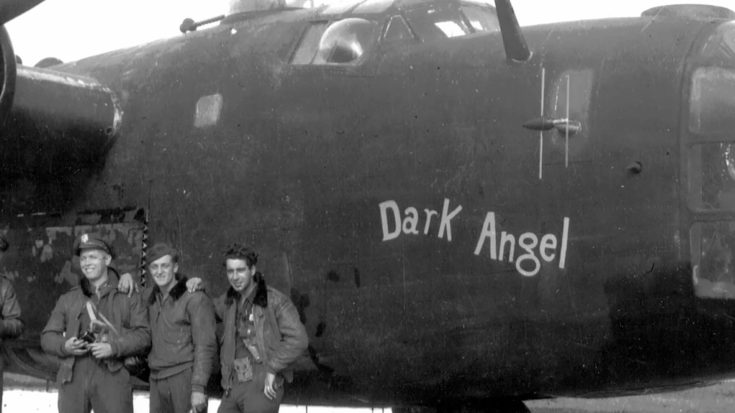
Best Documentary / YouTube
Into the Night
In the darkness over occupied France, a B-24 Liberator bomber flew alone, its engines humming softly above the clouds. Painted entirely black and stripped of its bombs, this aircraft carried no ordinary cargo. Instead of explosives, its bays were packed with radio equipment, carrier pigeons, folding motorcycles, and two silent passengers known only as “Joe” and “Josephine.” Below, four tiny lights arranged in a coded pattern marked the drop zone where the French Resistance waited. The pilot descended low, barely clearing the treetops. Every man aboard knew that discovery meant capture or death, yet these secret missions were crucial to the coming invasion of Western Europe.
This mysterious aircraft belonged to one of the most secret operations of the war—Operation Carpetbagger. Its story remained hidden for forty years, locked away by military secrecy and sworn oaths from those who flew its dangerous missions.
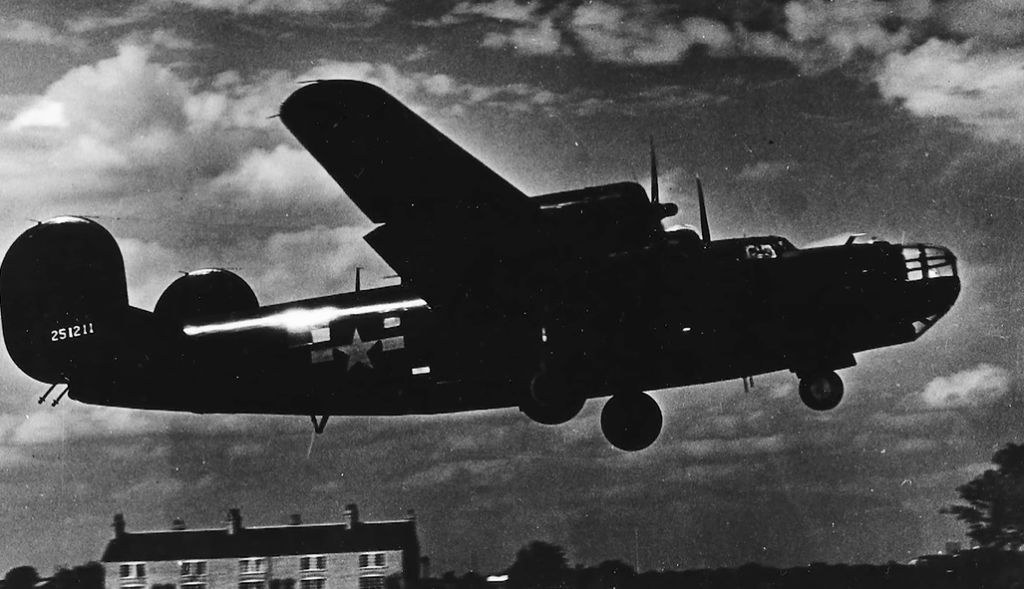
The Birth of the Carpetbaggers
The idea was conceived in Washington, D.C., inside the “E Street Complex,” headquarters of the Office of Strategic Services—the forerunner of the CIA. Under the direction of William “Wild Bill” Donovan, the OSS sought to arm and supply resistance movements across Europe ahead of the Allied invasion. But moving agents, weapons, and radios into enemy territory proved nearly impossible by land or sea. The answer came from the air.
By late 1943, the U.S. Army Air Forces selected experienced crews from its antisubmarine units—men already skilled in low-level navigation and precision flying. They were reassigned to newly formed squadrons under the 482nd Bombardment Group. Their silver B-24 bombers were soon transformed into stealth aircraft: painted black to vanish into the night, stripped of their turrets, and fitted with special hatches called “Joe Holes” for dropping agents and supplies.
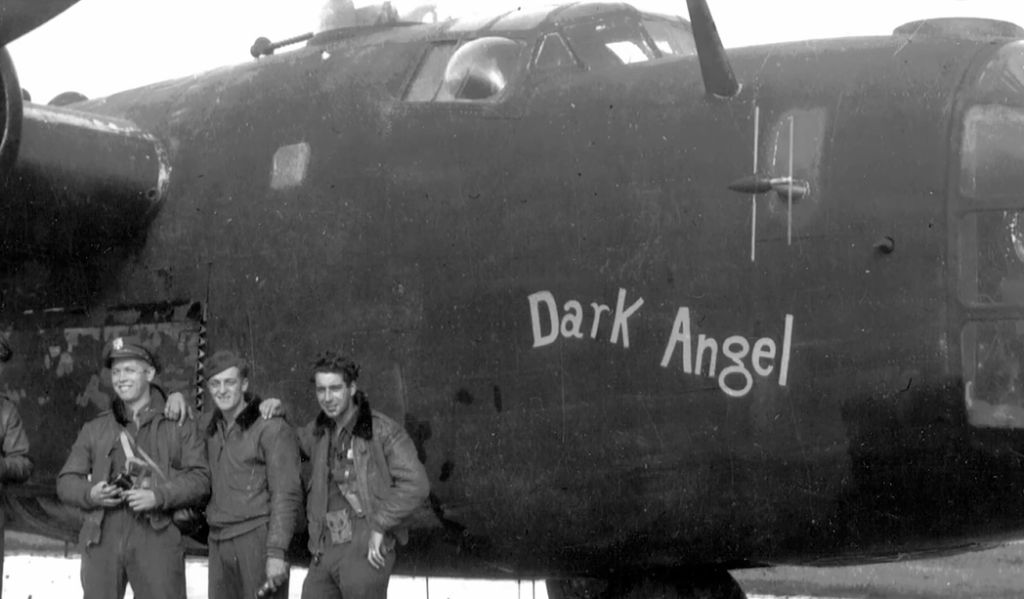
Training for the Unknown
The new crews trained under strict secrecy. They studied European geography, memorized river bends and mountain outlines, and practiced navigation by starlight. Their aircraft were fitted with special devices called “Rebecca” and “Eureka” that allowed them to locate friendly ground operators. Each plane also carried an “S-Phone,” a two-way radio used only for final confirmation that the people below were allies and not German soldiers.
The missions began quietly in late 1943. At first, the black Liberators dropped only propaganda leaflets to test flight paths and navigation equipment. Soon, they began delivering real cargo—agents, weapons, and coded messages—to the resistance movements of France, Belgium, and the Netherlands.
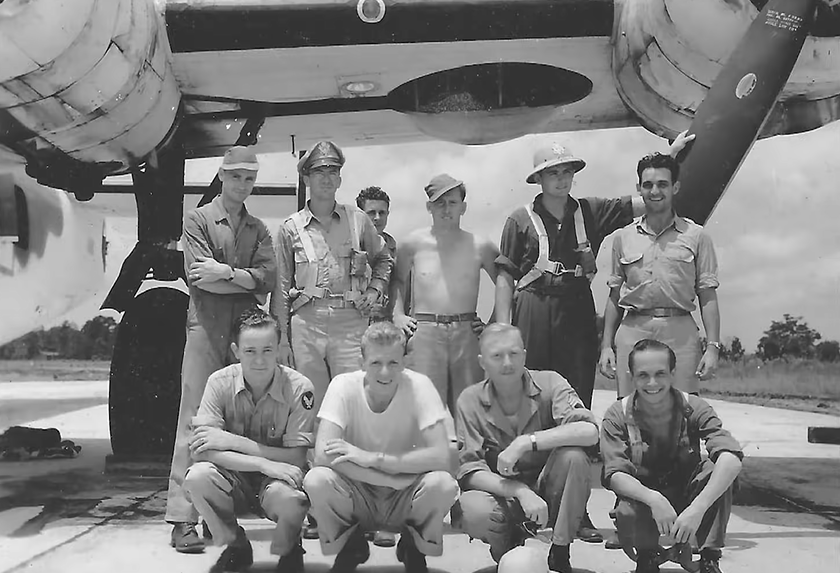
Flying Through Fire
Each flight was a test of nerve and skill. Crews flew as low as 500 feet, dodging searchlights and anti-aircraft fire, navigating by the moon and stars. Many flew in freezing conditions with no heat or pressurization, enduring missions that lasted up to ten hours. One navigator, Eugene Polinsky, recalled sitting on a gun case with only a small wooden board for a desk. Another crewman described sandwiches and oranges freezing solid mid-flight.
By 1944, as D-Day approached, the Carpetbaggers’ missions multiplied. In July alone, they completed nearly 400 sorties, dropping thousands of supply containers and dozens of agents. Some deliveries even included carrier pigeons for secret communication, lightweight folding motorcycles for fast escapes, and “throwaway” pistols for sabotage missions.
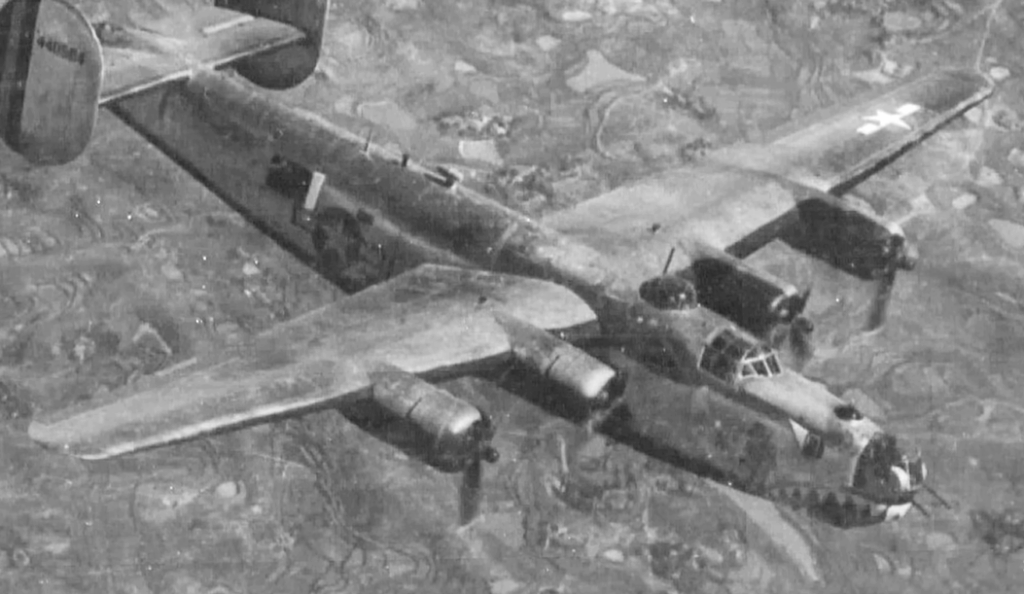
The Secret Kept for Forty Years
When Germany surrendered in 1945, the Carpetbaggers had completed more than 1,800 missions, delivering over 30,000 supply containers and more than 1,000 agents into occupied Europe. Their success came at a heavy price—33 aircraft lost and over 200 airmen killed or missing.
Those who survived were sworn to secrecy under threat of prosecution. Their records were erased, and even their families were told nothing. Some veterans were later denied entry to military organizations because their missions officially “did not exist.” Only in the 1980s were their operations finally declassified, allowing the surviving airmen to reunite and share their stories.
After decades of silence, they could finally speak of the nights spent flying through darkness, carrying hope to those who fought in secret on the ground below.













